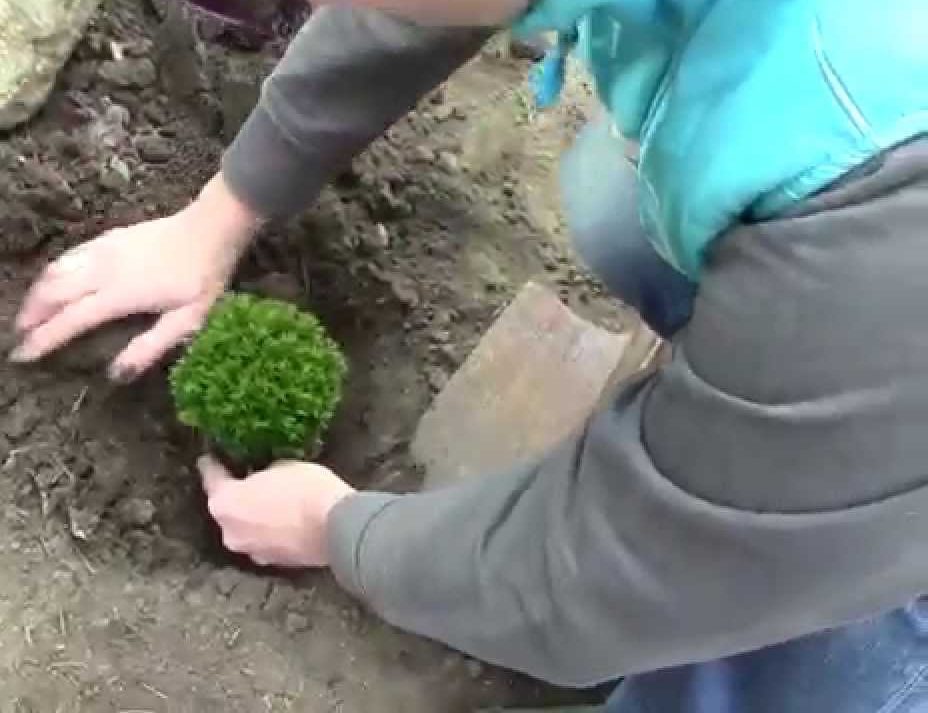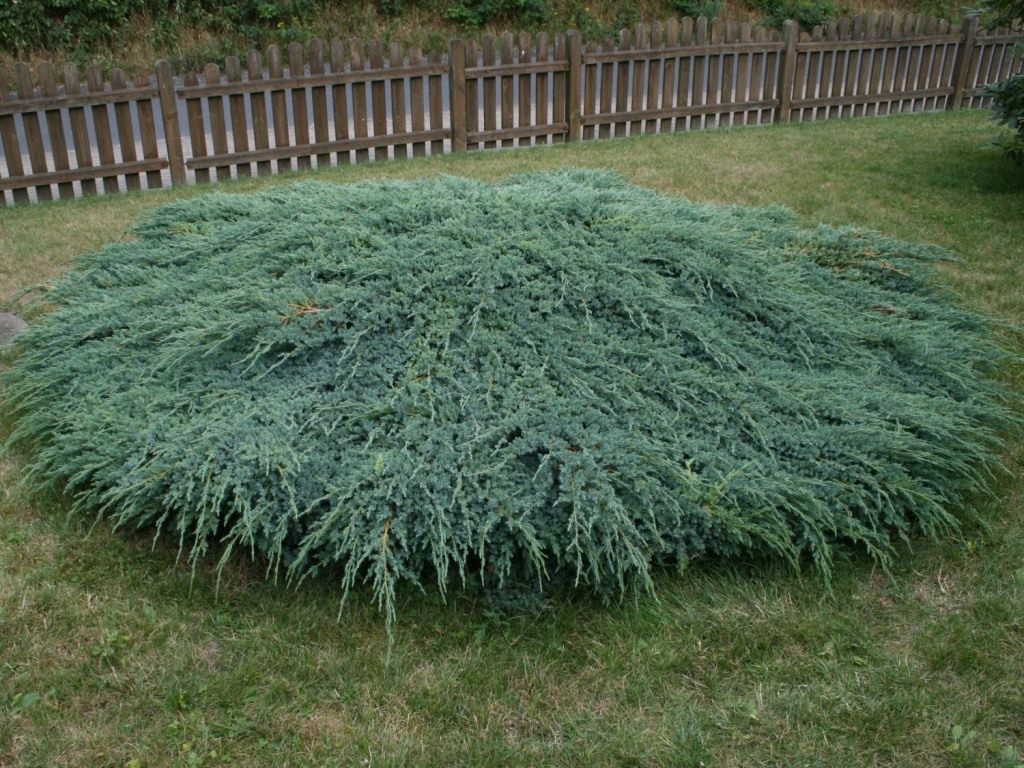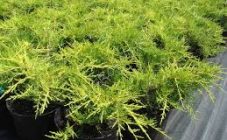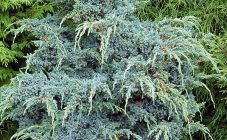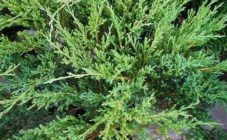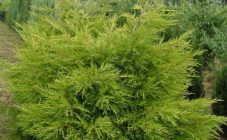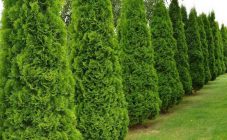A plant called Wiltoni Juniper is a landscape shrub, especially famous for its rich green needles with a light silvery bloom. It fully meets the requirements for conifers, and is distinguished not only by enviable durability, but also by evergreen foliage. Shrubs of this variety do not need special care; with extensive growth, they completely cover the soil, not letting in a single weed.
Description of culture
The Vinal Naveen Islands (Maine), where it was discovered by the Dutch scientist J. Van Heiningen, are considered the birthplace of the Wiltoni juniper, whose description can be found in this section.
Unlike many horizontally oriented plants, wiltonii juniper grows very quickly (its growth reaches 15-20 cm per year). At the same time, the needles appearing on it adhere to the branches quite tightly.
The lateral branches of this shrub are rather flexible and are characterized by increased branching. The color of the foliage is bluish-silver; at the same time, the crown of a juniper usually spreads along the ground, and young shoots grow straight up. When breeding it, the main attention is paid to the correct choice of location in the garden area, as well as the quality of the soil in the landing area.
Agrotechnics
Breeding
The wiltonii juniper, the care and planting of which will be discussed in this section, can propagate in three ways, namely: by pre-prepared layering, seeds and standard cuttings. The last method (propagation by shoots) is the most preferred.
The best time to plant them is spring, at the very beginning of which the cut shoots take root in the greenhouse.
Only by the end of spring it will be possible to transplant them to an open bed (or under a film).
For good survival of cuttings, the plant will definitely need:
- Large amount of scattered light.
- Regular wetting by spraying.
- Maintaining the temperature in the place of cultivation in the region of 24-27 degrees.
As soon as the young sprout has a developed root system, it is immediately transferred to the place designated for it.
Landing
Since this type of plant is quite light-requiring, its darkening is fraught with a complete loss of the color range of the needles. In this regard, it is not recommended to plant the horizontal Wiltoni juniper in the immediate vicinity of trees or tall plants.
In addition, soils that are too saturated with minerals are contraindicated for the plant, due to which the quality of the crown changes (it becomes too "loose" over time). Moderately acidic or sandy loam soils are optimal for it; when growing, it is recommended to adhere to the principle of rationing the amount of water used for irrigation.
At the same time, it is undesirable to allow waterlogging of the soil in the place of growth.
Some amateur gardeners prepare a special substrate for planting, consisting of the following components:
- Sod land in the amount of one part.
- The same amount of humus.
- Two pieces of river sand.
Young seedlings are transferred to the prepared earthen mixture at the end of April (in autumn - in October). The dimensions of the landing pit are maintained within the following boundaries: its diameter is at least 30 cm, the depth is about 60-70 cm.
The soil around a young seedling must be mulched with a mixture of peat and dry wood shavings, after which it is abundantly spilled with well-settled water (at least 2 buckets).
Plant care
Regular care of young juniper seedlings is reduced to their constant but moderate watering, periodic pruning and feeding. When organizing watering procedures, it should be remembered that an adult plant should be abundantly moistened no more than twice a month (its light spraying is organized once every 10 days). With the onset of spring, the juniper is fed with nitroammophos (at the rate of 35-40 grams per unit area).
In addition to watering and feeding, the plant needs periodic pruning, during which all damaged and dried branches are removed. When carrying out shaping pruning, only the shoots that grow incorrectly are cut off, after which the crown of the Wiltoni juniper becomes more voluminous.
The most famous diseases that this bole is susceptible to are gray mold and fungal rust, it is possible to prevent their development in the early stages by observing the gaps between individual bushes.
Garden pests that are especially dangerous for juniper include the shoot moth, as well as the scale insect and spider mite, which are easily removed using well-known chemicals.
Landscape design
This variety of juniper is perfect for arranging cozy and pleasing recreation areas in suburban areas. We also note that it is an ideal option for decorating alpine slides that are being built in the most attractive corners of the summer cottage.
In addition, with the help of horizontal juniper variety wiltonii, if desired, you can create an evergreen lawn in any part of the area adjacent to the garden house. Wiltoni looks good against the background of red bark mulch, also in heather gardens and modern rock gardens.
In conclusion, we note that this plant is ideally combined with lush roses planted nearby and flower beds sprinkled with white pebbles. In addition, this variety can be grown in special containers used to decorate balconies, terraces, as well as walls and roofs of private houses.

